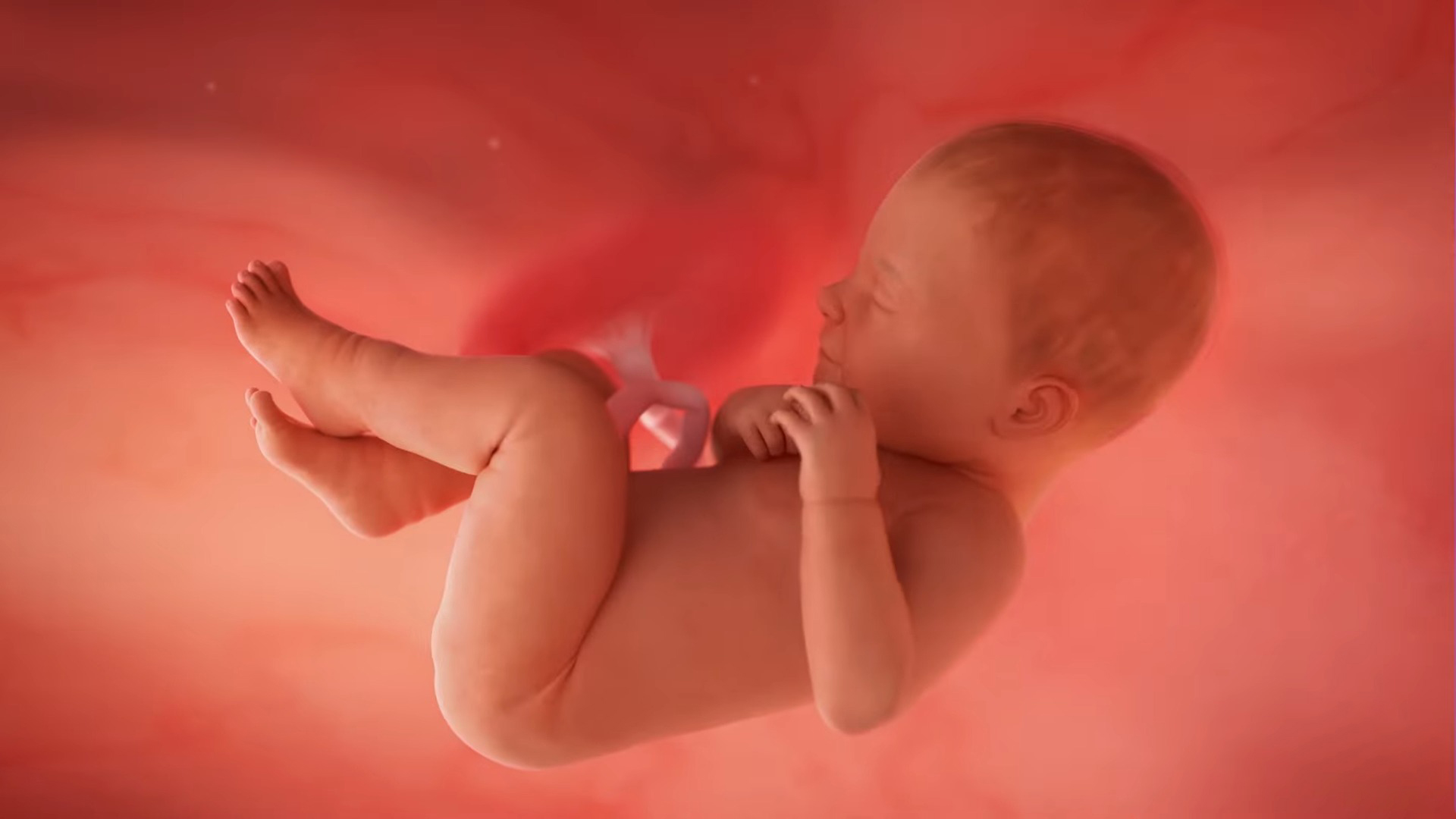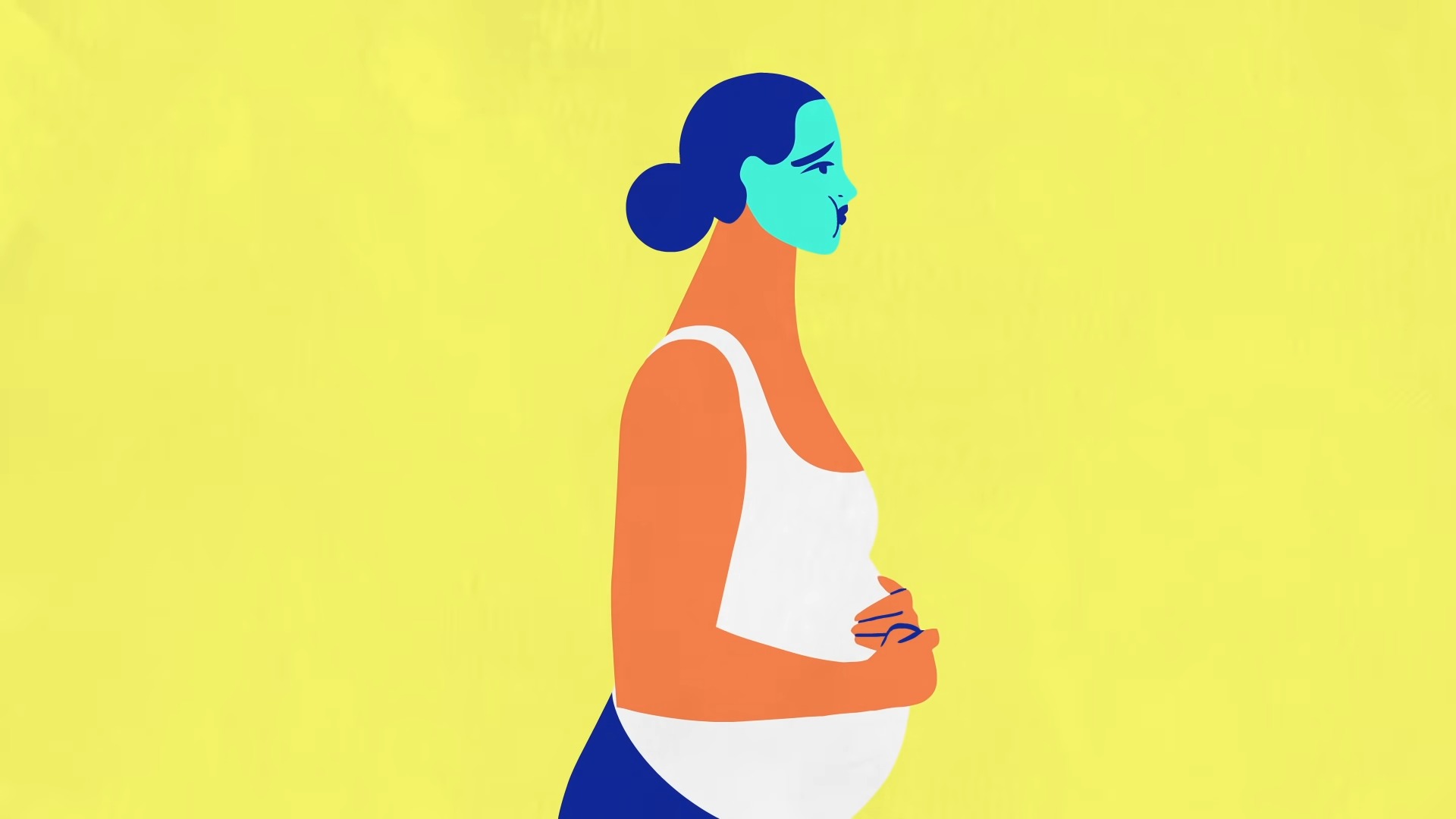Pregnancy, a journey typically spanning about 280 days or roughly 9 months, is conventionally divided into three trimesters. Healthcare professionals use the first day of the last menstrual period (LMP) to calculate the due date.
This period is commonly rounded to 40 weeks. It’s important to note, however, that a month averages about 4.3 weeks, slightly more than the neat four-week span often assumed.
In reality, pregnancy extends just beyond 9 months, rather than 10. Interestingly, only about 5% of babies are born exactly on their calculated due date.
A full-term pregnancy is generally considered to be between 39 and 41 weeks.
| Pregnancy Week | Corresponding Month |
|---|---|
| 1-4 | Month 1 |
| 5-8 | Month 2 |
| 9-13 | Month 3 |
| 14-17 | Month 4 |
| 18-22 | Month 5 |
| 23-27 | Month 6 |
| 28-31 | Month 7 |
| 32-35 | Month 8 |
| 36-40 | Month 9 |
| Trimester | Key Developmental Milestones |
|---|---|
| First Trimester (Weeks 1-13) | Heartbeat begins, and essential organ development |
| Second Trimester (Weeks 14-27) | Rapid growth, fetus can hear, development of fingerprints |
| Third Trimester (Weeks 28-40) | Weight gain, lung and brain development, preparation for birth |
The First Trimester: Weeks 1 to 13
For many women, the first few weeks pass without the realization of being pregnant. Yet, during this silent phase, critical developments are underway.
The fertilized egg rapidly divides and implants in the uterine wall. This period lays down the groundwork for the formation of the placenta, which will nourish the baby throughout the pregnancy.
Week-by-Week Breakdown
- Weeks 1-2: These initial weeks are preconception or the time leading up to ovulation and fertilization. The body is preparing for pregnancy, though conception has not yet occurred.
- Weeks 3-4: Fertilization occurs, and the zygote begins its journey to the uterus. By the end of week 4, implantation happens, and the earliest stages of the placenta start to form.
- Weeks 5-6: This is a critical phase for organ development. The heart begins to beat around the 6th week, a significant milestone in fetal development.
- Weeks 7-9: By this time, the embryo has visible arm and leg buds. The brain continues to develop, and facial features start to form. By week 9, the baby’s basic physical structure is established.
- Weeks 10-13: The fetus now starts to look more human. Fingers and toes are more defined, and the baby’s vital organs continue to grow and start functioning.
Physical and Emotional Changes
The first trimester brings a wide range of physical and emotional changes for the mother. Hormonal fluctuations are at the forefront, responsible for most of the symptoms experienced during this time.
- Morning Sickness: Nausea and vomiting, commonly termed morning sickness, can occur at any time of the day. It’s predominantly due to the increase in hCG (human chorionic gonadotropin) hormone levels.
- Fatigue: The body works extra to support the developing fetus, leading to significant tiredness and fatigue. Increased levels of progesterone, a hormone vital for maintaining pregnancy, also contribute to this exhaustion.
- Mood Swings: Emotional volatility is common, attributed to hormonal changes and the psychological impact of pregnancy.
Nutritional Needs and Medical Care
Proper nutrition and medical care are paramount during the first trimester. Prenatal vitamins, particularly those containing folic acid, are essential to support the neural tube development of the fetus.
Adequate hydration and a balanced diet rich in proteins, vitamins, and minerals contribute to both the mother’s and baby’s health. The proper intake of omega-3 fatty acids is also very important. Regular medical check-ups help monitor the pregnancy’s progression and address any concerns early on.
What Are the Main Challenges?
Expectant mothers must find ways to manage the physical and emotional challenges of the first trimester. Resting adequately, eating small but frequent nutritious meals, and staying hydrated can help alleviate some symptoms.
Engaging in mild to moderate exercise, as recommended by healthcare providers, can also be beneficial.
The Second Trimester: Weeks 14 to 27
The second trimester is colloquially known as the ‘honeymoon phase’ due to the alleviation of early pregnancy discomforts such as nausea and extreme fatigue. This period allows many women to enjoy their pregnancy more fully, as the discomforts of the first trimester subside, and the anticipation of the final trimester has not yet begun.
Fetal Development
- Weeks 14-16: During these weeks, the fetus begins to use its facial muscles, and the skeletal system continues to develop. The skin is still thin and transparent, but the fetus starts to look more like a miniature human.
- Weeks 17-20: This is a period of rapid growth for the fetus. Fine hair known as lanugo covers the body, and a waxy coating called vernix caseosa begins to form on the skin. By the 20th week, the fetus can hear and might even startle at loud sounds.
- Weeks 21-24: The fetus’s movements become more pronounced. Mothers often start to feel kicking and moving more regularly. The lungs are developing, preparing for life outside the womb.
- Weeks 25-27: The brain is developing rapidly, and the eyes, which have been sealed shut, begin to open. The formation of unique fingerprints is complete.
Changes and Adaptations
- Physical Changes: The most visible change during the second trimester is the growth of the baby bump. The uterus expands to accommodate the growing fetus, which may lead to a shift in the mother’s center of gravity, causing occasional balance issues.
- Decrease in Early Pregnancy Symptoms: Many women experience a decrease in nausea and fatigue, leading to an increase in energy levels. This is an excellent time for mothers to engage in prenatal exercise, as long as it is approved by their healthcare provider.
- Emotional Well-being: The second trimester often brings a sense of well-being and emotional stability. The anxiety and uncertainty of the first trimester often diminish as women settle into their pregnancy.
Nutritional Needs and Health Care
A balanced diet remains crucial during the second trimester. Iron and calcium are particularly important as they support the fetus’s bone and blood development. Regular prenatal checkups are essential to monitor the health of both the mother and the fetus.
The Third Trimester: Weeks 28 to 40
The third trimester, spanning from week 28 to the birth of the baby, typically around week 40, marks the final stage of pregnancy. It is a period of significant growth and development for the fetus and a time of preparation and anticipation for the expectant mother.
Final Stages of Fetal Development
- Weeks 28-31: The baby’s brain continues to develop rapidly. The eyes can blink, and the baby may be able to see light filtering in through the womb. The fetus begins to put on more weight during this phase.
- Weeks 32-35: The bones are fully formed, but still soft and pliable. The baby’s skin becomes less transparent and starts to take on a more newborn-like appearance. The lungs are not yet fully matured but are developing critical structures for breathing outside the womb.
- Weeks 36-40: In these final weeks, the baby gains more weight and the lungs mature, preparing for life outside the womb. The baby’s position may shift, often turning head-down in preparation for birth. This period is crucial as the baby reaches full development.
Physical and Emotional Changes
- Physical Changes: The third trimester is marked by further enlargement of the abdomen, which can lead to discomfort, back pain, and balance issues. The breasts may start to produce colostrum, the first form of milk that is very nutritious for the baby.
- Braxton Hicks Contractions: These are ‘practice’ contractions, which can start to occur more frequently as the due date approaches. They are usually irregular and less intense than true labor contractions.
- Increased Fatigue: As the baby grows larger, the extra weight and altered sleep patterns can lead to increased fatigue.
Preparing for Delivery
The final trimester is crucial for finalizing birth plans and making last-minute preparations. This may include:
- Finalizing the Birth Plan: Discussing preferences for labor and delivery with healthcare providers.
- Setting up the Nursery: Ensuring that the baby’s sleeping area is ready and safe.
- Packing a Hospital Bag: Preparing essentials for the hospital stay.
FAQs
How many weeks is 9 months pregnant?
A full-term pregnancy is usually 40 weeks long, which is about 9 months. However, some months have more than 4 weeks, so the exact number of months may vary depending on how you count them.
Can I lay on my stomach at 17 weeks pregnant?
Yes, you can lay on your stomach at 17 weeks pregnant, as long as you are comfortable. No evidence sleeping on your stomach can harm your baby at this stage of pregnancy. However, as your belly grows bigger and heavier, you may find it more difficult and uncomfortable to sleep on your stomach.
Is 4 weeks pregnant 6 weeks?
No, 4 weeks pregnant is not the same as 6 weeks pregnant. Pregnancy is measured from the first day of your last menstrual period, which is usually about 2 weeks before you ovulate and conceive. So, when you are 4 weeks pregnant, it means that it has been 4 weeks since your last period, not since you conceived.
Can your belly grow at 4 weeks pregnant?
Yes, your belly can grow at 4 weeks pregnant, but it is not likely to be noticeable. Most women do not start to show until the second trimester, around 12 to 16 weeks. However, some factors such as bloating, weight gain, or previous pregnancies can make your belly appear bigger earlier.
When did I conceive if I was 5 weeks pregnant?
If you are 5 weeks pregnant, it means that you conceived about 3 weeks ago. This is because pregnancy is counted from the first day of your last menstrual period, which is usually 2 weeks before ovulation and fertilization. However, this is only an estimate, as the exact date of conception can vary depending on your cycle length and ovulation date.
Are you 5 months pregnant at 17 weeks?
No, you are not 5 months pregnant at 17 weeks. You are about 4 months pregnant or in your second trimester. A pregnancy month is not exactly 4 weeks long, but rather about 4.3 weeks. Therefore, 17 weeks is equivalent to about 3.9 months.
Last Words
Understanding the trimester timeline and how pregnancy weeks translate to months is vital for expectant parents. This knowledge helps in planning and preparing for the baby’s arrival, ensuring both the mother’s and baby’s health and well-being throughout the pregnancy journey.
















